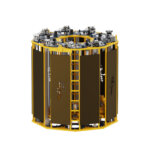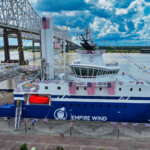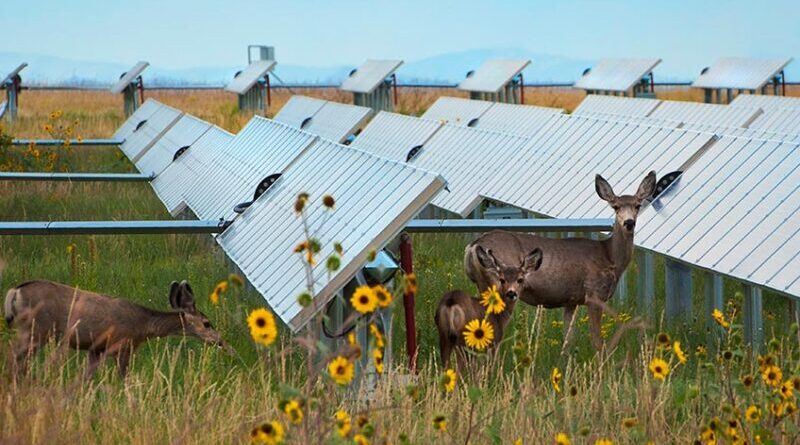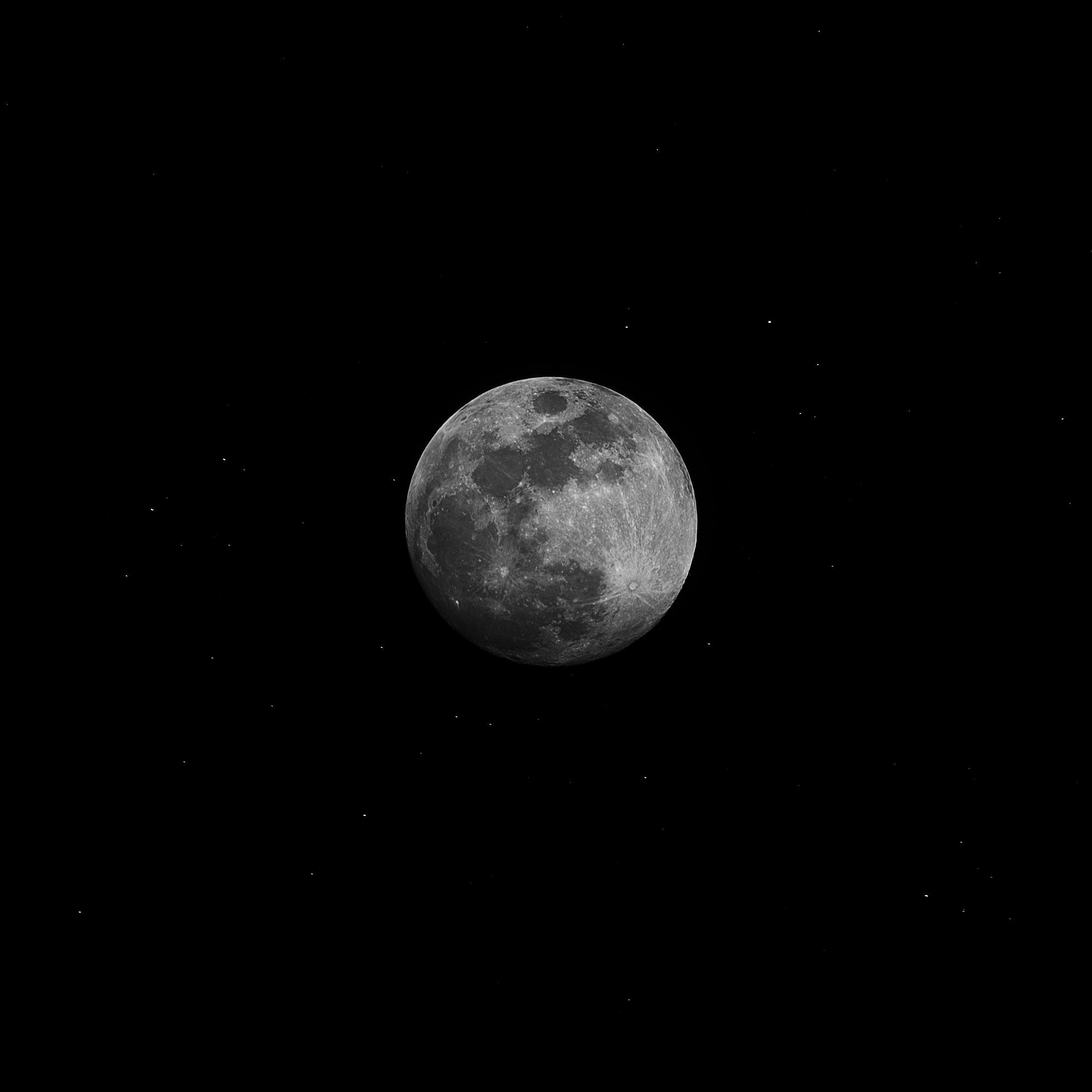In a world of low-cost batteries, performance matters
Oversupply of lithium-ion battery precursor and active materials – and of lithium iron-phosphate (LFP) batteries, especially in China – has driven energy storage system costs down, fueling a record 330 GWh of battery energy storage system (BESS) shipments in 2024. Edward Rackley, head of the energy storage team at Business intelligence specialist CRU, shares his analysis.

Oversupply of lithium-ion battery precursor and active materials – and of lithium iron-phosphate (LFP) batteries, especially in China – has driven energy storage system costs down, fueling a record 330 GWh of battery energy storage system (BESS) shipments in 2024. Edward Rackley, head of the energy storage team at Business intelligence specialist CRU, shares his analysis.
From ESS News
As energy storage system prices drop and production costs fall, global cathode and BESS producers are under significant pressure to constantly improve their products or face consolidation, or even extinction, in an increasingly competitive midstream battery manufacturing market.
CRU posits that the BESS industry is beginning to shift from a cost-reduction stage to a performance improvement phase, similar to the transition that occurred in the solar market with the evolution from multicrystalline to monocrystalline passivated emitter rear contact technology between 2015 and 2019.
In the case of energy storage, that means a shift from lithium nickel manganese cobalt (NMC) oxide to LFP cells and optimizing around the core industry metric of dollars per kilowatt-hour. The charts in this article compare the earlier cost reduction witnessed in solar technology (below) with what is happening today in the battery space.
To continue reading, please visit our ESS News website.
What's Your Reaction?


























































